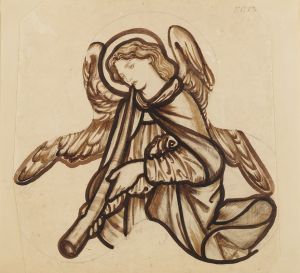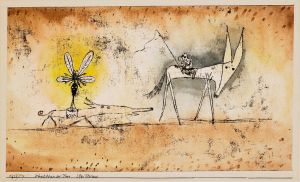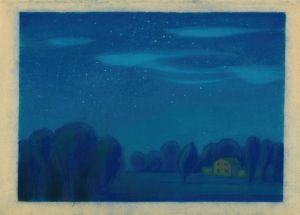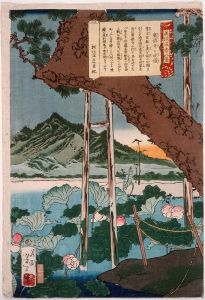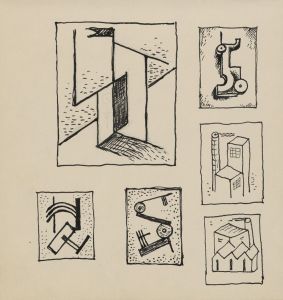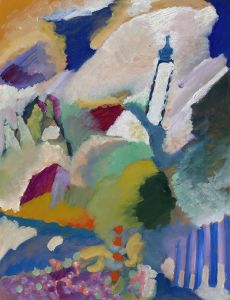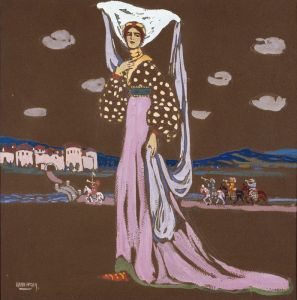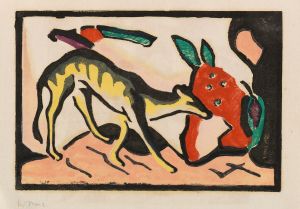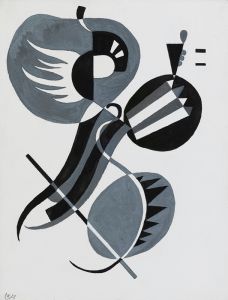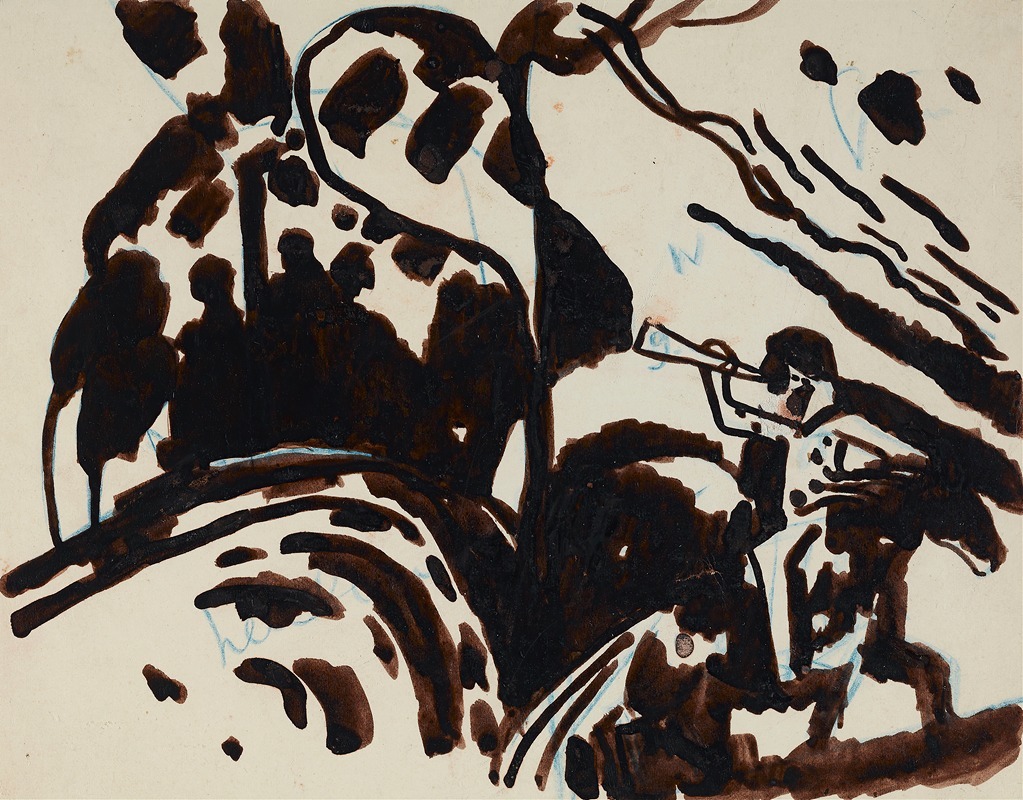
Landscape with a trumpet-blowing rider
A hand-painted replica of Wassily Kandinsky’s masterpiece Landscape with a trumpet-blowing rider, meticulously crafted by professional artists to capture the true essence of the original. Each piece is created with museum-quality canvas and rare mineral pigments, carefully painted by experienced artists with delicate brushstrokes and rich, layered colors to perfectly recreate the texture of the original artwork. Unlike machine-printed reproductions, this hand-painted version brings the painting to life, infused with the artist’s emotions and skill in every stroke. Whether for personal collection or home decoration, it instantly elevates the artistic atmosphere of any space.
"Landscape with a Trumpet-Blowing Rider" is a painting by the Russian artist Wassily Kandinsky, who is widely regarded as one of the pioneers of abstract art. Kandinsky was born on December 16, 1866, in Moscow, Russia, and he initially pursued a career in law and economics. However, he eventually turned to art, studying in Munich and becoming deeply involved in the avant-garde movements of the early 20th century.
Kandinsky's work is characterized by his use of vibrant colors, abstract forms, and a deep interest in the spiritual and emotional effects of art. He was influenced by a variety of sources, including Russian folk art, theosophy, and the music of composers like Richard Wagner and Arnold Schoenberg. Kandinsky believed that art could evoke a spiritual response in the viewer, and he sought to create works that transcended the material world.
"Landscape with a Trumpet-Blowing Rider" was painted in 1910, a pivotal year in Kandinsky's career. This period marked his transition from representational art to abstraction. The painting depicts a rider on horseback, blowing a trumpet, set against a vibrant and dynamic landscape. The use of bold colors and abstract forms in the painting reflects Kandinsky's interest in the emotional and spiritual power of color and form.
The rider in the painting is a recurring motif in Kandinsky's work, symbolizing a journey or quest. The trumpet, often associated with heralding important events or messages, adds a sense of urgency and significance to the scene. The landscape itself is rendered in a highly abstract manner, with swirling shapes and vibrant hues that suggest movement and energy.
Kandinsky's use of color in "Landscape with a Trumpet-Blowing Rider" is particularly noteworthy. He believed that colors had inherent spiritual and emotional qualities, and he used them to create a sense of harmony and balance in his compositions. The painting features a rich palette of blues, greens, yellows, and reds, which interact with each other to create a dynamic and harmonious whole.
In addition to his work as a painter, Kandinsky was also a prolific writer and theorist. His book "Concerning the Spiritual in Art," published in 1911, outlines his theories on the spiritual and emotional power of art. In this work, Kandinsky argues that art should not merely represent the material world but should instead evoke a deeper, spiritual response in the viewer.
"Landscape with a Trumpet-Blowing Rider" is an excellent example of Kandinsky's early abstract work and his belief in the transformative power of art. The painting is part of the collection of the Städtische Galerie im Lenbachhaus in Munich, Germany, which houses a significant number of Kandinsky's works. This painting, along with Kandinsky's other works from this period, played a crucial role in the development of abstract art and continues to be celebrated for its innovative and visionary approach.





